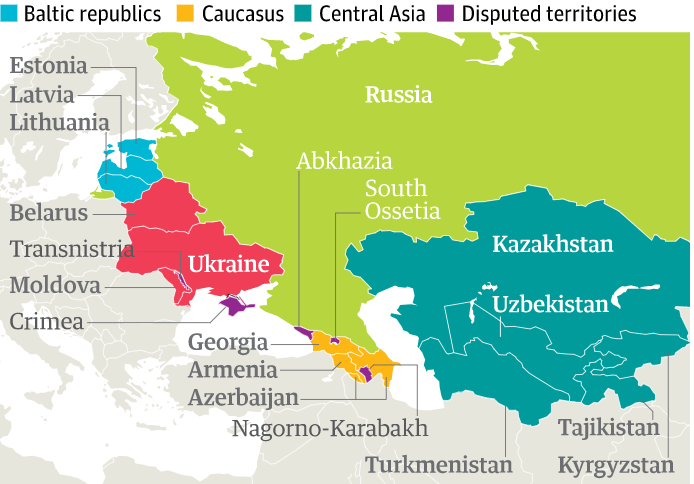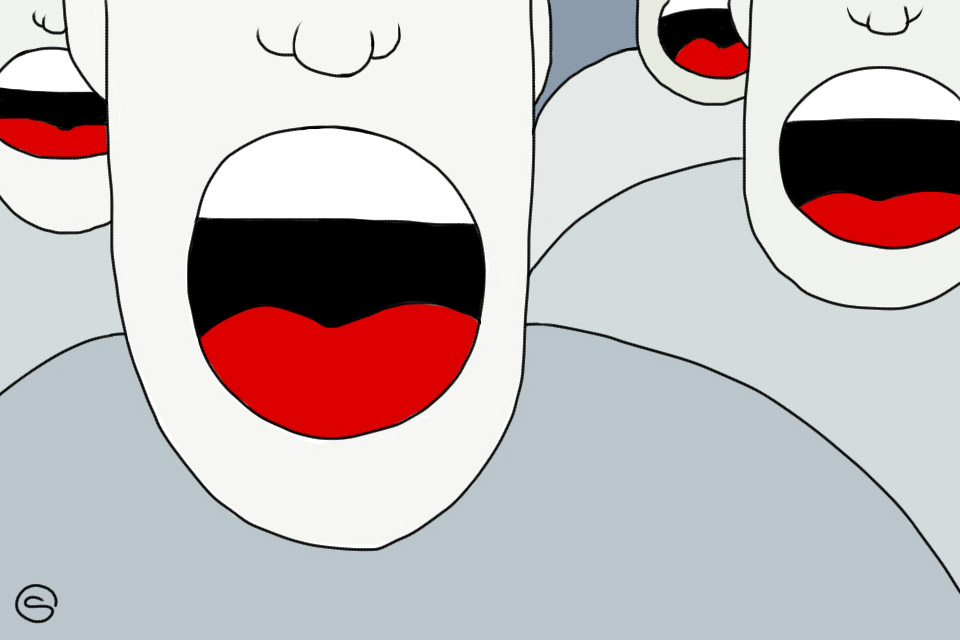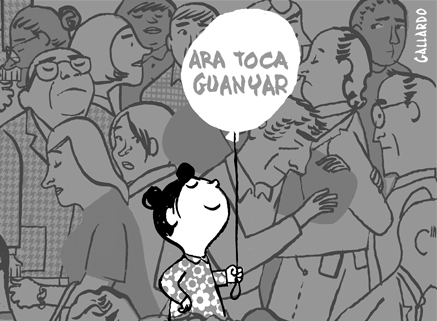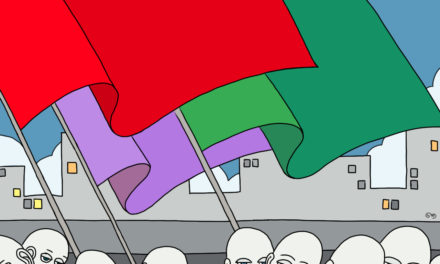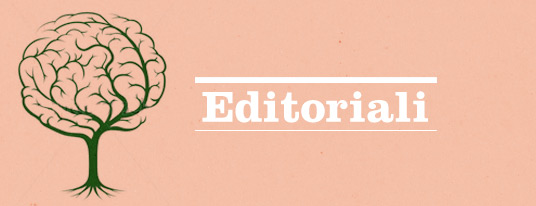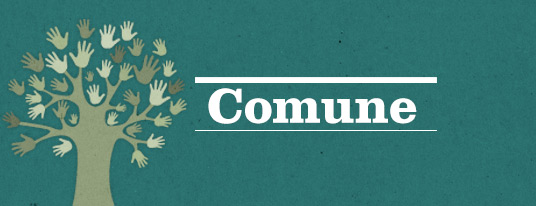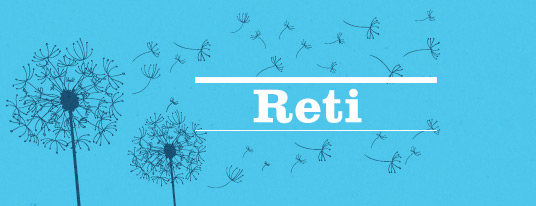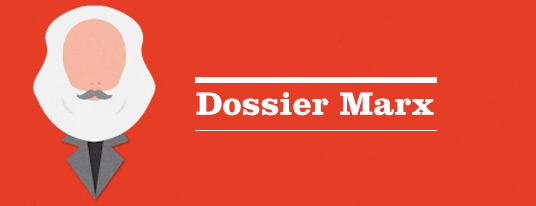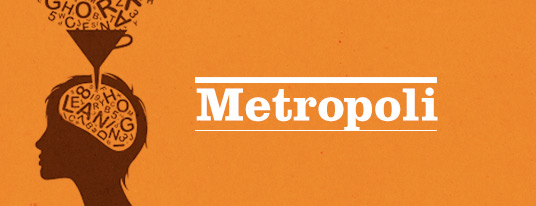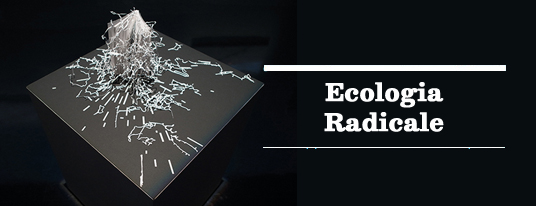CLAUDIO MORRISON. Interview by UGO ROSSI
In this interview we talk with Claudio Morrison, a sociologist investigating labour, migration and social conflicts in post-socialist Europe. After graduating in Comparative Politics with Rita Di Leo at the Oriental University Institute in Naples (Italy), Claudio worked in Russia, then moved to Great Britain where he earned a PhD in Sociology at Warwick University, followed by a British Academy postdoctoral fellowship. His research has focused on business systems, industrial relations and class in post-Soviet republics. Today he is a Senior Research Fellow at Middlesex University Business School in London. Since 1997, Claudio has carried out fieldwork research the in the former Soviet Union, studying migration, industrial restructuring and trade union conflicts, favouring the workers’ point of view. Among his many publications, we remember the book A Russian Factory Enters the Market Economy (Routledge, 2012). Using the ethnographic method, the book reconstructs the privatization of a Russian textile company from the 1990s, showing the ambivalent nature of capitalist restructuring. The meticulous investigation both of the organization of work and business practices as well as of the external economic and social spaces, returns a picture in which the new neoliberal approaches are intertwined with practices inherited from the Soviet period, in ways that are only apparently contradictory.
The ambivalent transition to the market economy that you have studied from the point of view of business organisation and industrial relations can also shed light on Russia’s integration into the globalised economy and its ensuing international relations?
Certainly, at firm level ‘transition to the market’ means the extension of capitalist relations in production. At the level of the state, transition to capitalism includes the transformation of the former Soviet area into nation states and their separate integration into global networks. It is a complex, contested and necessarily long-lasting process that only a unitary vision attentive to contradictions can understand. The now dominant liberal approaches and separate disciplines within the so-called ‘transition studies’, which assume the “market” and the nation state as natural entities, cannot problematise these processes. What does this ambivalence consist of? For many it is a confused combination of Soviet past and undefined new reality: marketised economy but also oligarchs, informality and corruption, new state but also ‘totalitarianism’; in short, a past that does not pass, a ‘market democracy’ always at the risk of two steps backwards. Looking into social relations of production gives back an insight into what really changed and why: labour’s bargaining power has collapsed, socialist informality based on workers’ control has tuned into an instrument of managerial intensification; there has been a shift from reward-based incentive policies to fine-based punitive systems. Data examined in my research prove that wages and employee motivation have significantly declined, other studies attest to the transition from soviet-time paternalism to the managerial authoritarianism of the oligarchic enterprise. The multinationals in the automotive sector similarly complain about worker resistance and low productivity. The observation of industrial relations shows that industrial conflicts written off from the labour code have grown steadily over the last decade despite the co-optation and repression of trade unions. At the macro level, these practices reflect and reproduce a lack of investments and industrial policy and a retreat into the export of raw materials and intermediate goods. There is a determined link between socio-economic processes and political development. Brutally simplifying, the dominant political form of post-socialist oligarchic capitalism is ethno-nationalism, with a reactionary and revanchist right, which allows a transfer of its economic contradictions and unresolved conflicts into aggressive tensions towards the ‘other’, a mechanism already observed in the case of the disintegration of ex-Yugoslavia or western right-wing populism.
Let us try to understand more deeply the economic transition and the disruptive forces generated by it. A key moment in the post-Soviet transition is the dissolution in 1991 of the Comecon – the body that represented the countries of the former Warsaw Pact – which was followed by a progressive weakening of Russia’s economic relations with Eastern European countries. For its part, the CIS (Commonwealth of Independent States), which today includes nine countries, has downsized its role over time, losing two important member states: Georgia after the war with Russia in 2008 and Ukraine after the crisis of 2014. Finally, there are centrifugal forces within the Russian Federation itself, with new regional tensions deriving from the demand for greater power by the more peripheral autonomous districts, such as the Čukotka district, in the Russian Far East, rich in gas and mineral reserves (governed until 2008 by the oligarch Roman Abramovič), which in 1991 separated from the Magadan oblast. Identity factors – ethno-national and religious – have been adding to these centrifugal dynamics.
A thorough examination of the disintegration and re-aggregation processes generated by capitalist transition, that is, through the formation of value chains, multinational companies and supporting institutions across the post-soviet region, exceeds my competences and certainly requires significant research. I can answer on two levels. Sociologically, centrifugal forces are the keystone of ‘transition’; no surprise, those who have lived though it call it razval (the disintegration). There is no understanding in the West of how profound and destabilizing this process has been. Its guiding principle was to abandon any pre-existing relationship in favour of mere short-term economic convenience. Already in 1990, this choice generated the immediate paralysis of the Soviet economy. My study on a regional economy, the textile district of Ivanovo at the turn of the century (1997-2013), shows how the oligarchs and the Moscow authorities took advantage of this. Manufacturers of final and intermediate goods dreamed of access to a mythical market, but found themselves without sale outlets, financing or secure suppliers. The financial crisis of 1998 [the Russian financial crisis that led to the devaluation of the rouble and the default of the national debt, editor’s note] allowed those who controlled high liquidity resources – banks, illicit gains, raw materials – to take control of distribution and then of crisis-ridden companies. Normalization then proceeded on two legs: Moscow granted local groups unlimited control over businesses in exchange for political support (including through the use of electoral fraud) and social peace (high employment and repression of social conflicts). Political use of oligarchs also in neighbouring countries – Moldova, Ukraine, Armenia and Central Asian Republics – proves the operation of this model but also reveals the limits of this approach as against the ones adopted by western powers and China, lacking respectively the soft power tactics of the former or the capital intensity of the latter.
Let us consider the linguistic factor in the disintegration process of the area. For example, in Ukraine the strategy of the national elites has been to expand the diffusion of the national language, achieving rather high annual growth rates. To this strategy of nationalization of the population, Russia has responded by discouraging the return home of the Russian-speaking populations residing in the eastern regions of the country such as the Donbas, which is rich in mineral resources, at the centre of the Russian war in Ukraine.
The study of migratory processes within the former Soviet Union towards Russia shows a complex dynamic. The Russian labour market, like that of other European countries, has become dependent on migration in sectors and occupational segments subject to high labour exploitation. The policy had to adapt despite racist pressures against migration, especially from Central Asia. To compensate for the demographic collapse, the authorities then moved from favouring circular migration towards incentives for the resettlement of migrants of Slavic-European origin but in peripheral areas. Some argue that the movement of Russian-speaking migrants was almost the only form of integration sustaining a post-Soviet space. The current crisis certainly calls it into question, having as an inevitable result the reassertion of national borders as exclusive ethno-national spaces rather than their overcoming. On the Russian side, the projection of borders is extended to what the Eurasian ideology adopted by the authorities calls opposing ‘spaces of civilisation’. Ukraine has long been seen in some Russian literature as a lost space.
The collapse of the Soviet Union immediately ignited conflicts the Caucasus: in 1992 the conflict between North Ossetia and Ingushetia (both Republics of the Russian Federation), then Chechnya, the conflict between Dagestan and Chechnya, the Russo-Georgian war of 2008 on South Ossetia, the conflict between Armenia and Azerbaijan over control of Nagorno-Karabakh which is still ongoing today. Then there is the often overlooked issue of internal instability within Russia itself. The 1993 constitution, which suppressed the Soviet institutional system, created an intricate administrative network. According to many analysts, this system has little to do with a genuinely federalist structure. Rather, it has fuelled a trend towards the ‘localization of power’, whereby local and regional elites continually bargain with Moscow over their prerogatives. Within the Federation, however, ethnic factors seem to play a secondary role, while regional and local economic interests appear to be more relevant.
The conflicts in the Caucasus, both within the Russian Federation and across neighbouring territories, have certainly specific cultural and historical roots but mainstream politicians and analysts, as explained above, ignore their material bases and therefore risk taking for granted the ethno-centric narratives promoted by nationalists’ factions. The promotion of interests of local groups and the reinvention of nations and ethnic identities as a tool of political mobilisation and economic subordination are always at the heart of these conflicts, which explains why where a strong centre manages to intervene without seeking confrontation, these interests is satisfied without radicalization. A case I encountered in my research exemplifies the process. Moldovan workers explained to me how the separatists of Transnistria [officially the Pridnestrovian Moldavian Republic, the Russian-speaking self-proclaimed republic that broke away from Moldova following a brief conflict in 1992 editor’s note] forced factories to remove non-Slavs from prominent positions, which they opposed to the mobility rights acquired by workers in the Soviet space. Curiously, some ended up working for Western companies in Russia or Moldova. The restoration of classed power relations cannot obviously be the only interpretative key for understanding the ‘ethnicisation’ of power in the exercise of economic and political control but it is certainly a fundamental driving force. Therefore, the mode of operation of historically successive powers in these areas cannot be accounted for without the analysis of their mode of production and the corresponding social order. The developmental approach of Soviet socialism, with all its limitations, had generated integration. Today’s fragmentation can be better understood as a by-product of neo-colonial ‘underdevelopment’ operated by the current capitalist centres, presumed stabilizers, whether they are Russian, Turkish or Western.
To what extent, the complex picture outlined so far has influenced Russia’s relations with other powers: first of all, with the United States and NATO, whose eastward expansion has been Russia’s main concern, and with China, which has become increasingly central on the Asian side.
The relationship between post-Soviet Russia as a resurgent capitalist state and the other powers is as complex as it is rapidly evolving after the apparent stagnation in the phase of internal consolidation under Putin’s leadership. As a sociologist and anthropologist, I have not focused on the specific terrain of political party politics and their diplomatic implications. From my point of view, the underlying problem was, and is, Western-style globalization as ‘patchy’ neo-colonialism, which pursues the separate and differentiated integration of territories, economic sectors and social groups without a broad project, with the effect of exacerbating the previously mentioned fragmentation processes. Observing it from within the post-Soviet states, and from below, I can offer some observations and working hypotheses. The integration of Russia into the community of ‘civilised nations’, that is, into the privileged club of capitalist powers, was certainly a shared aspiration at the beginning of transition, but it proved to be illusory almost immediately. Faced with the challenges of organisational change and economic competition, post-Soviet cadres understood, in the tragic 1990s, that the West did not want to support their modernisation efforts. All that was on offer was business as usual and moreover under unfavourable terms. For the oligarchs who replaced them, and not only in Russia, this would not have been a problem except for the trade-off with their internal politics. Indeed, where nationalists and the more blatantly predatory elements of the economic elites have ‘hooked’ with Western neo-colonial expansion, integration has proceeded. It is no coincidence that the institutionalist economists, who are not radicals, classify the countries of Eastern Europe as ‘dependent economies’. On the other hand, the latter’s democratic or management deficiencies are not a problem for the colonisers, as proved by leniency toward anomalies in Balkan satellite countries such as Bosnia-Herzegovina or Kosovo but also Hungary or Poland. Russia’s reorientation towards China, its striving for a ‘vital space’ in the so-called ‘near abroad’ of former socialist countries, reflects the internalisation of this ‘competitive transnationalism’ promoted by the neoliberal West.
According to some analysts, after the dissolution of the Soviet Union, the West had three options for dealing with post-Soviet Russia: the policy of ‘containment’, favoured by sectors of US intelligence that have gradually become more and more influential, aimed at fostering the disintegration of the post-Soviet space; an ‘integration’ policy, aimed at integrating Russia into the European space; a policy of ‘controlled integration’, aimed at cooperation with Russia but relegating the latter to a role of junior partner. Which of these options prevailed and how did they compare with each other?
The idea of options seems to me quite illusory compared to the cumulative effect of the choices that really mattered, those on globalisation, on the functioning of capitalism and on the further pursuing of Cold War objectives along the lines drawn during the right-wing Thatcher and Reagan regimes. It is about the overthrow of the welfare state, the deregulated expansion of capital, the reconstruction of politics from a mechanism of redistribution to one of recognition, the so-called identity politics, and closer to our case, the relaunching of neo-colonialism on these new foundations. The integration of Russia as well as the attempts at its subordination and the need for containment are not mutually exclusive: they objectively integrate and follow one another as the contradictory dynamics of competitive globalisation interact, on the one side, with the horizontal relations between market-states and, on the other, with the tensions between subjects arranged vertically on the internal social scale. The contradictory and objective nature of these processes may perhaps explain why the subjective and mercantile rationality assumed by bourgeois analysts as a yardstick for all phenomena is here a blunt analytical tool. Why did the Russians let go of the Baltic, which is easily controllable, but got stuck on Ukraine out of time and beyond the limits of human decency? Why has the capitalist West welcomed neo-tsarist oligarchs with open arms while pursuing the neoliberal colonisation of Ukraine? How could the West appreciate the conventional consumerist and anti-communist orientation of the post-socialist elites without noticing the collision course on which their respective nationalist state formations? And again, why the European Union, formally attentive to issues of inter-state cohesion, did not address the imbalances and tensions in the post-Soviet area?
As for the European Left, it should be noted that they seem trapped between bourgeois narratives that recycle Cold War propaganda flavoured by 1990s humanitarianism and Eastern arguments artificially merging socialist past and ethno-nationalism to distract form their South American-style capitalism. Denouncing NATO and EU expansionism, while well justified, is superficial if it ignores structural processes at regional level, highlighted above. What should take centre stage are the responsibilities of neoliberal capitalism in degrading labour and distorting the democratisation processes, which, even if contradictorily, had proceeded in the European space up to 1989.

